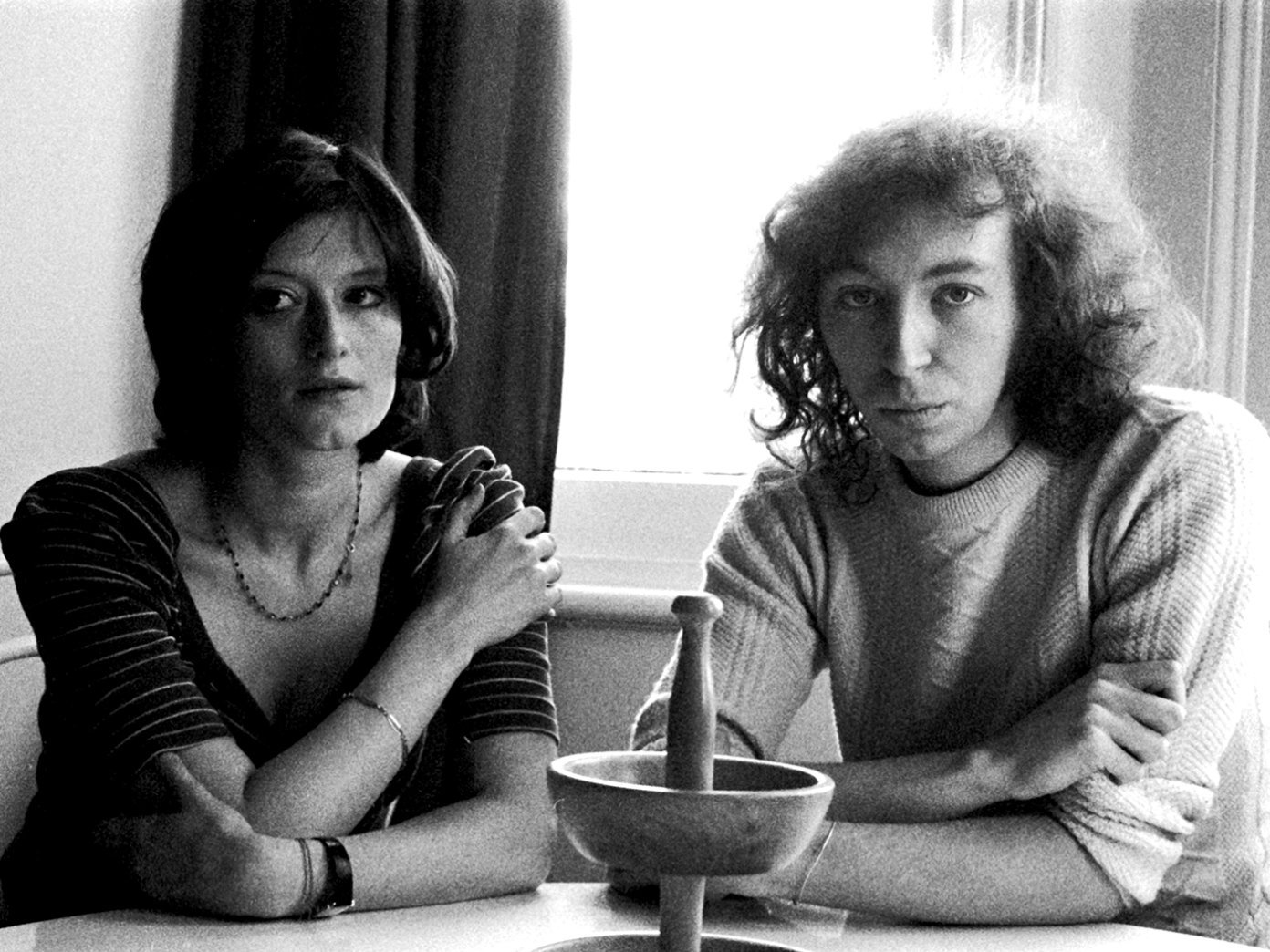the making of i want to see the bright lights tonight - featuring richard thompson and linda thompson
For the 50th anniversary of Richard and Linda Thompson’s first album as a duo, I Want to See the Bright Lights Tonight, we take a detailed look at how it was made. After Richard helped pioneer British folk rock in the late 1960s with Fairport Convention, he was feeling burnt out and decided to leave the band to focus on writing. In 1972, he married Linda Peters, who had been performing in the folk scene during the same time as Fairport. Richard was under contract with Island Records and released his first solo album, Henry the Human Fly in 1972. The album was a commercial disappointment and Richard convinced Linda to start performing with him in the folk club circuit. Eventually they decided to record an album as a duo and booked studio time with their friend John Wood at Sound Techniques without informing their label. By working with musicians they had played with before, they were able to move quickly and fly under the radar of their label while cutting the album over a few days. When Island got word of the album, they held onto it for a year, claiming that the vinyl shortage was preventing them from putting it out. I Want to See the Bright Lights Tonight was eventually released in the spring of 1974.
In this episode, Richard Thompson describes his writing process for this album and how he was less focused on guitar than he had been up to this point and how he was more interested in songwriting. Since he was writing different characters, he explains how he found Linda to be a helpful collaborator who could sing in a variety of styles and fully inhabit the characters. Linda Thompson offers her perspective on the songs Richard was presenting and how her background in traditional music and acting helped shape her performances. Due to Linda’s vocal condition of dysphonia, her daughter, Kami Thompson, reads her interview responses throughout the episode. From integrating the electric guitar into traditional music, to coming up with the song titles first, to musical diversity and the importance of track sequencing, to taking inspiration from The Band, to a crash course in arranging horns, to a shared love of bleak songs in the folk tradition, we’ll hear the stories of how the record came together.
Purchase I Want to See the Bright Lights Tonight
Purchase Beeswing: Losing My Way and Finding My Voice 1967-1975
Listen: Apple - Spotify - Other
Episode Credits:
Intro/Outro Music:
“Tomorrow Might As Well be Today” by Chris Forsyth from the album, All Time Present.
Episode produced, edited and mixed by Dan Nordheim
Additional mixing and mastering by Jeremy Whitwam
Photo by Andy Horvitch
Photo by Michael Putland
Photo by Andy Horvitch
Episode art by Scott Arnold




